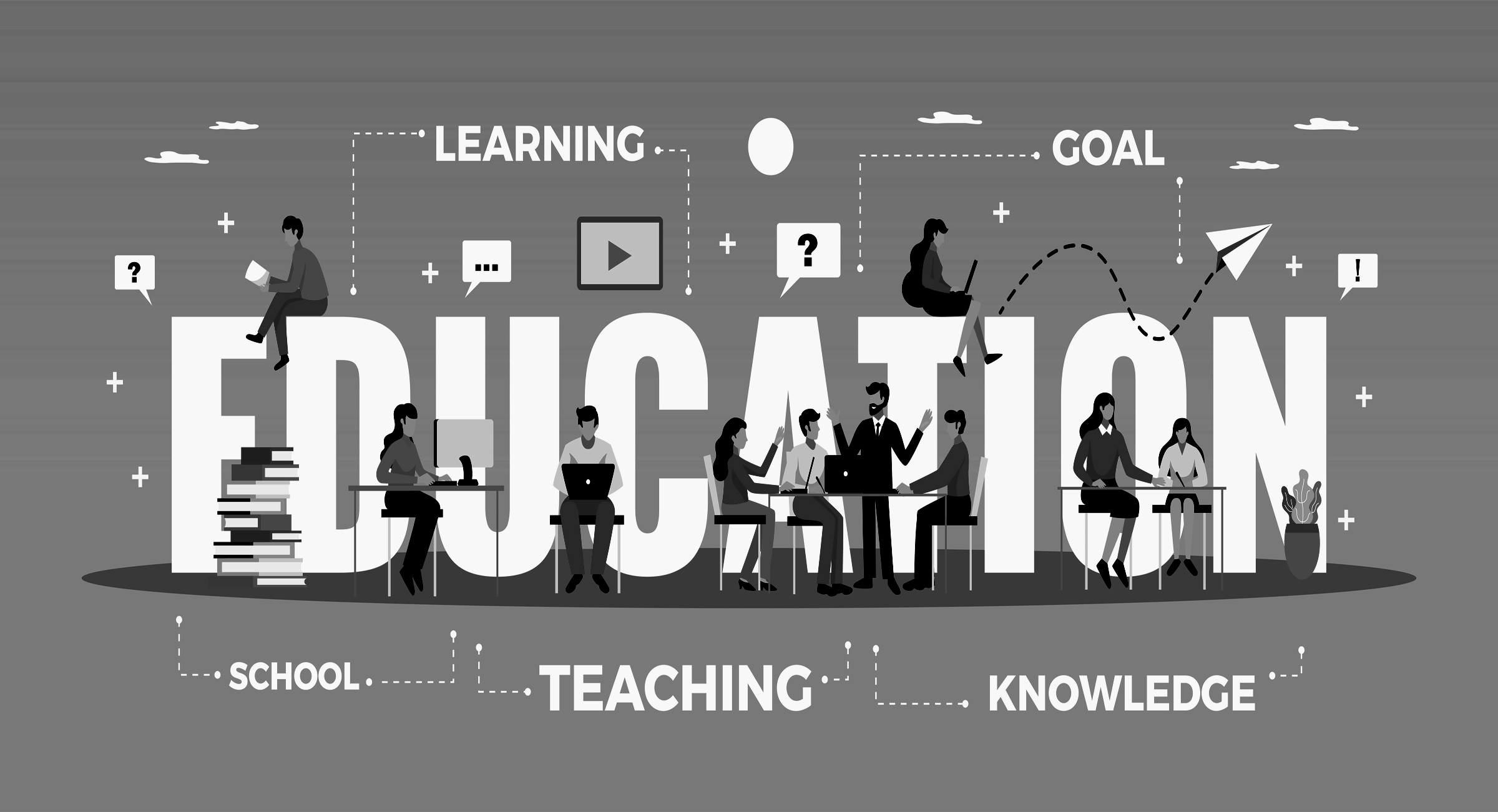
Discrimination in Education: Types, Effects, and Strategies to Address it
Discrimination in education is a pervasive issue that affects many students, educators, and administrators in schools and universities around the world. Discrimination refers to the act of treating individuals unfairly based on their race, gender, disability, religion, or other characteristics. This article will provide a comprehensive overview of discrimination in education, including its types, effects, legal framework, and strategies to prevent and address it.
Definition of Discrimination in Education
Discrimination in education occurs when students or educators are treated differently based on their race, gender, disability, religion, or other characteristics. Discrimination can take many forms, including verbal harassment, physical assault, exclusion from educational opportunities, and unfair grading or disciplinary practices. Discrimination can occur at all levels of education, from preschool to university.
Types of Discrimination in Education
There are several types of discrimination in education, including racial discrimination, gender discrimination, discrimination against students with disabilities, and discrimination in higher education.
Racial discrimination in education occurs when students or educators are treated differently based on their race or ethnicity. This can include exclusion from educational opportunities, verbal harassment, and physical assault. According to the U.S. Government Accountability Office, African American and Hispanic students are more likely to experience harsher discipline than white students for the same behavior.
Gender discrimination in education occurs when students or educators are treated differently based on their gender. This can include exclusion from educational opportunities, verbal harassment, and physical assault. The National Girls Collaborative Project reports that girls are less likely to enroll in science, technology, engineering, and math (STEM) courses and careers due to stereotypes and biases.
Discrimination against students with disabilities occurs when students with disabilities are treated differently or excluded from educational opportunities. This can include physical barriers to access, bullying and harassment, and unfair grading or disciplinary practices. The National Center for Learning Disabilities reports that students with disabilities are more likely to experience bullying, harassment, and exclusion from peers and teachers.
Discrimination in higher education occurs when students or educators are treated differently based on their social or economic status. This can include exclusion from educational opportunities, discrimination in college admissions, and unfair grading or disciplinary practices.
Effects of Discrimination on Students
Discrimination in education can have severe and long-lasting effects on students' mental health, academic performance, and overall well-being. Discrimination can lead to low self-esteem, anxiety, depression, and other mental health issues. Discrimination can also lead to poor academic performance, absenteeism, and dropping out of school or university. Discrimination can also affect students' future opportunities for employment and career advancement.
Legal Framework against Discrimination in Education
Several legal frameworks exist to protect students and educators from discrimination in education. The most well-known legal framework is Title IX of the Education Amendments of 1972, which prohibits sex discrimination in education, including sexual harassment and assault. Other legal frameworks include the Individuals with Disabilities Education Act (IDEA), which provides special education services to students with disabilities, and the Americans with Disabilities Act (ADA), which prohibits discrimination against individuals with disabilities.
Strategies to Prevent and Address Discrimination in Education
There are several strategies that educators and administrators can use to prevent and address discrimination in education. These strategies include:
- Implementing anti-discrimination policies and procedures: Educators and administrators can create policies and procedures that explicitly prohibit discrimination in all its forms.
- Providing diversity and sensitivity training: Educators and administrators can provide training and workshops that educate students and staff about the negative impact of discrimination and how to recognize and prevent it.
- Promoting diversity and inclusion: Educators and administrators can create a welcoming and inclusive environment that celebrates diversity and promotes inclusivity.
- Providing support for victims of discrimination: Educators can provide support to victims of discrimination by creating a safe and inclusive learning environment where students feel comfortable reporting incidents of discrimination. This can include providing counseling services, connecting students with resources such as legal aid and advocacy groups, and offering training sessions on cultural sensitivity and inclusion.
Educators can also work with parents and community members to promote a culture of respect and tolerance in schools and universities. By involving families and community members in discussions about diversity and inclusion, educators can create a network of support for students who may be experiencing discrimination.
Final Thoughts
In conclusion, discrimination in education is a pervasive and harmful issue that negatively affects students' academic achievement, mental health, and overall well-being. It is important for educators, administrators, and policymakers to take proactive measures to prevent and address discrimination in schools and universities.
By understanding the different types of discrimination that students may face and their effects, educators can create a more inclusive learning environment that promotes equity and social justice. Through the implementation of legal frameworks and the use of strategies to prevent and address discrimination, we can work towards a future where all students can thrive and succeed, regardless of their race, gender, disability, or other characteristics.
Education




